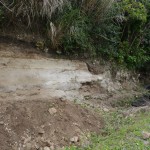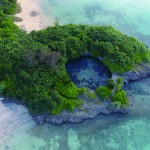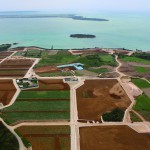Traditional Performing Arts and Crafts
【Designated by the City:Intangible Folk】Shishi-mai (Lion Dance) of Tomori
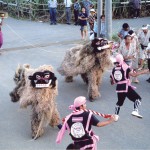
Although the origins of the Shishi lion are unknown, the elders say that it has a history of 250 years. According to lore, when epidemics, fires, drou[…] read more – >
【Designated by the City:Intangible Folk】Uruka Kuicha
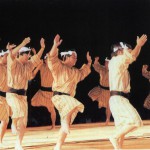
Kuicha is a group dance in a circular formation that has been passed down over generations throughout Miyako. Being also referred to as “Voice Accord”[…] read more – >
【Designated by the City:Intangible Folk】Kuicha of Tomori
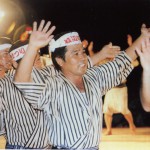
Long ago, women who engaged in weaving at a village guardhouse on orders are said to have likened white-crested waves on a reef to patterns of Jofu, o[…] read more – >
【Designated by the City:Intangible Folk 】Myakuzutsu of Ikema Island
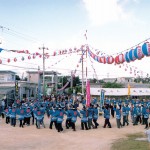
Over three days starting on the day of the horse or Kinoeuma every year from August to September in the lunar calendar, the largest festival on Ikema […] read more – >
【Prefecturally Designated:Tangible Folk】Ceremony Site of Uipyamutu
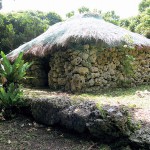
At the Uipyayama Site at the southern side of the Sunagawa settlement are three structures of Maiuipya, Kusuuipya, and Uiusu, used for the Komori ritu[…] read more – >
【National Designation:Selected Intangible Folk】Masutorya of Nobaru
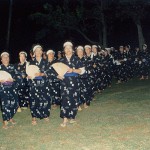
This is a harvest festival held in Nobaru of the Ueno district on August 15 on the lunar calendar. During the morning hours, the women offer prayers a[…] read more – >
【National Designation:Intangible Folk Culture Property】Kuicha Dance of Miyako
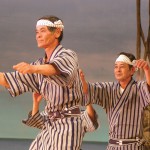
The Kuicha of Miyako is a group dance that has been passed on down the generations in various areas of the Miyako Islands. The people lively dance the[…] read more – >
【Nationally Selected:Selected Preservation Techinique】Choma Ito Teumi (Choma Thread Twisting)
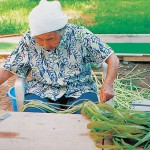
The Choma Ito Teumi is a technique that hand-twists (connects) the fibers of ramie (Urticaceae family of perennial flowering plants, also referred to […] read more – >
【Irabu】Irau-Taogani
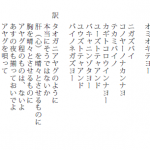
Taogani is said to be the first selection of long-sung old balladry, compiled and spread by Togani. Irau-Taogani is different from Miyako Togani in me[…] read more – >
【Designated by the City:Intangible Folk】Sarahama Myakuzutsu
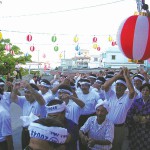
Sarahama Myakuzuku is a large-scale festival, conducted for four days from the day of Kinoe-uma in August and September of the lunar calendar, involvi[…] read more – >
 宮古島アプリの綾道(あやんつ)トップページ
宮古島アプリの綾道(あやんつ)トップページ 宮古島アプリの綾道(あやんつ)の内容
宮古島アプリの綾道(あやんつ)の内容 宮古島の3つのルート
宮古島の3つのルート 宮古島市長のあいさつ
宮古島市長のあいさつ 宮古島文化遺産紹介
宮古島文化遺産紹介
